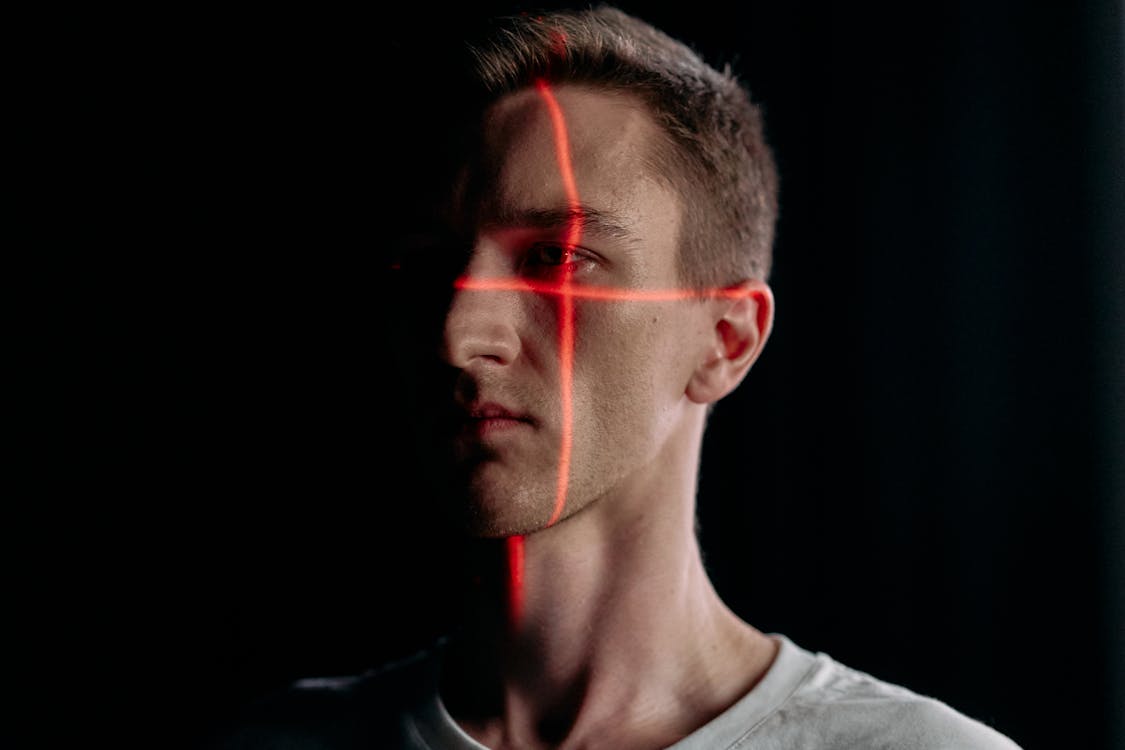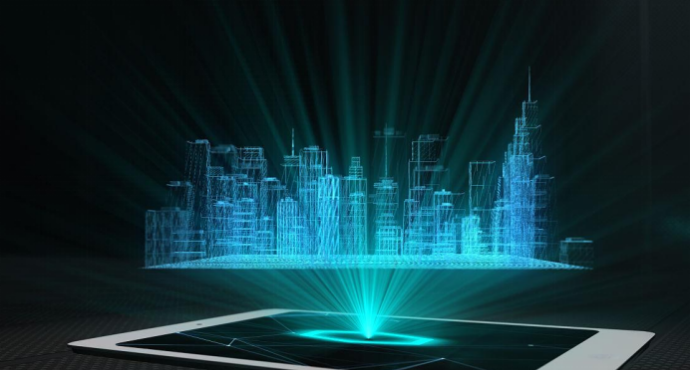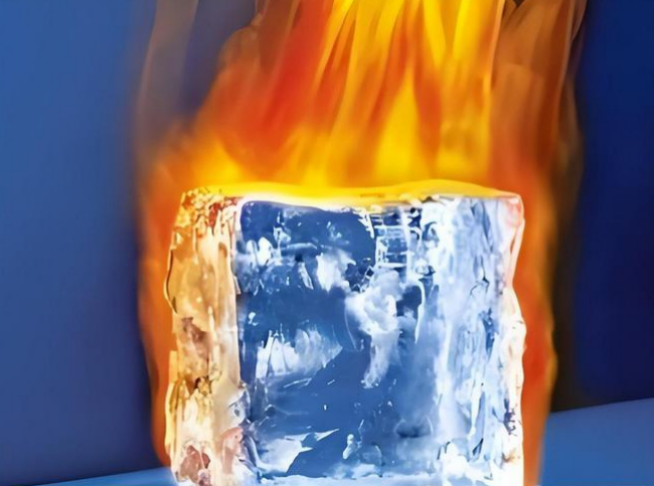The Unexpected Arrival: Unpacking the Advanced Tech of the DJI Mavic 4 Pro
Despite murmurs from DJI that the Mavic 4 Pro wouldn’t officially launch in the US market, leading retailers like Adorama and B&H in New York City have surprised many by listing the drone for sale or preorder. Adorama reportedly had several hundred units in stock, quickly dropping to around 70, with sales moving fast. B&H confirmed they did not yet have stock but were taking preorders without charging until shipment, acknowledging a “grey area for logistics between the US and China for aircraft”. This unusual market entry sets the stage for a closer look at the technology packed into DJI's latest flagship drone.
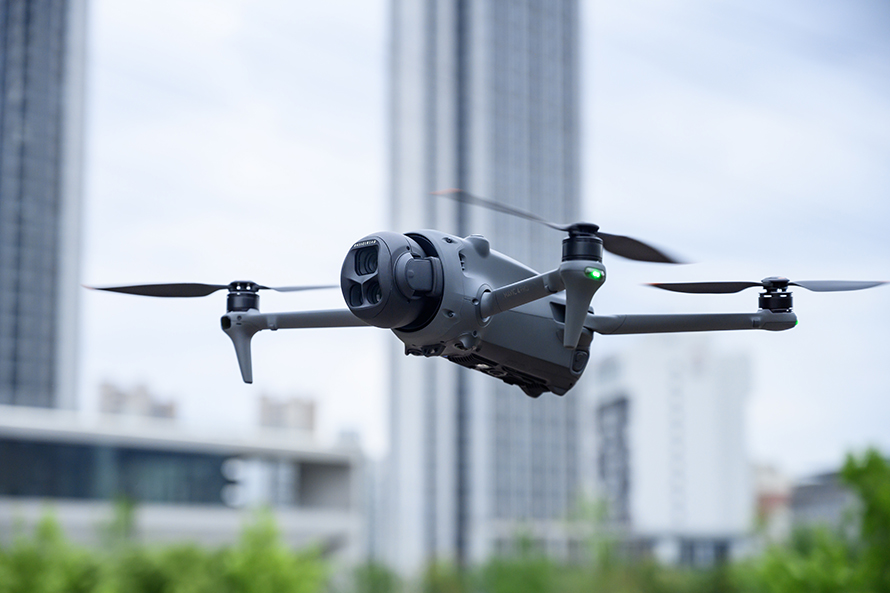
Building on the success of the Mavic series, which has cemented DJI's dominant position in the consumer drone market as a vital tool for creators, the Mavic 4 Pro introduces significant upgrades. The most immediate visual change is a new ultra-low drag configuration, resulting in a more streamlined appearance. This design is not just aesthetic; it boosts the maximum flight speed to a remarkable 25m/s (90km/h), a notable increase from the Mavic 3 Pro's 21m/s. This enhanced speed and improved wind resistance make the Mavic 4 Pro more capable in challenging conditions.
Beyond flight performance, safety and perception receive a major boost with the addition of a forward-facing LiDAR sensor on the right arm. This complements the existing visual sensors, dramatically improving obstacle avoidance capability, supporting avoidance speeds up to 18m/s. Crucially, the LiDAR enables better perception in low-light environments, capable of identifying obstacles and initiating braking even in conditions as dim as 0.1 lux. Powering longer flights is a larger 6654mAh battery, a substantial increase from the Mavic 3 Pro's 5000mAh, offering up to 51 minutes of flight time and a range of 41km. Recharging is efficient with a 240W charger that can replenish a single battery in 51 minutes or three in 90 minutes. An enhanced O4+ transmission system extends the range up to 30km, supporting stable 10-bit end-to-end HDR transmission and featuring e-SIM and dual network capabilities.
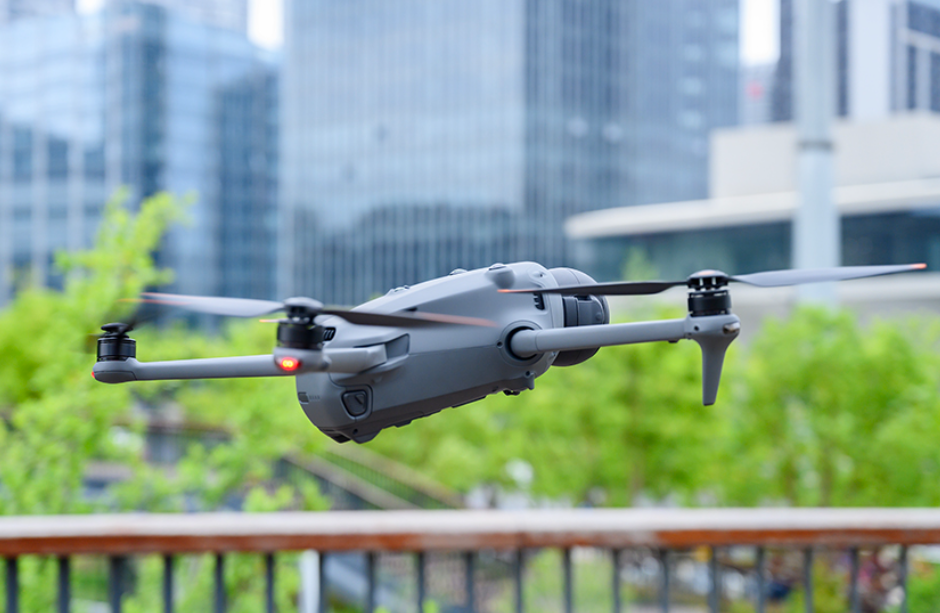
For creators, the camera system is paramount, and the Mavic 4 Pro delivers a comprehensively upgraded three-camera setup. It includes a 28mm Hasselblad camera with a new 4/3 CMOS sensor and F2.0-11 variable aperture, supporting 6K/60fps and 4K/120fps video. Complementing this are a 70mm medium telephoto (1/1.3-inch CMOS, F2.8) and a 168mm telephoto (1/1.5-inch CMOS, F2.8), both supporting 4K HDR video at 60fps and high frame rates (120fps and 100fps respectively). All three lenses offer dual native ISO fusion and creative color modes like D-Log and HLG, providing extensive post-production flexibility. The new Omni-directional Gimbal is a game-changer, allowing for 70° upward tilt and revolutionary 360° rotation, enabling unique aerial perspectives and simplifying native vertical video capture increasingly popular on social media. The accompanying DJI RC Pro 2 controller, with its bright 7-inch 2000-nit Mini-LED screen and intuitive folding design, further enhances the user experience. Workflow is also streamlined with WiFi 6 for faster transfers (up to 100MB/s tested) and a convenient "Turn Off Quick Transfer" function.
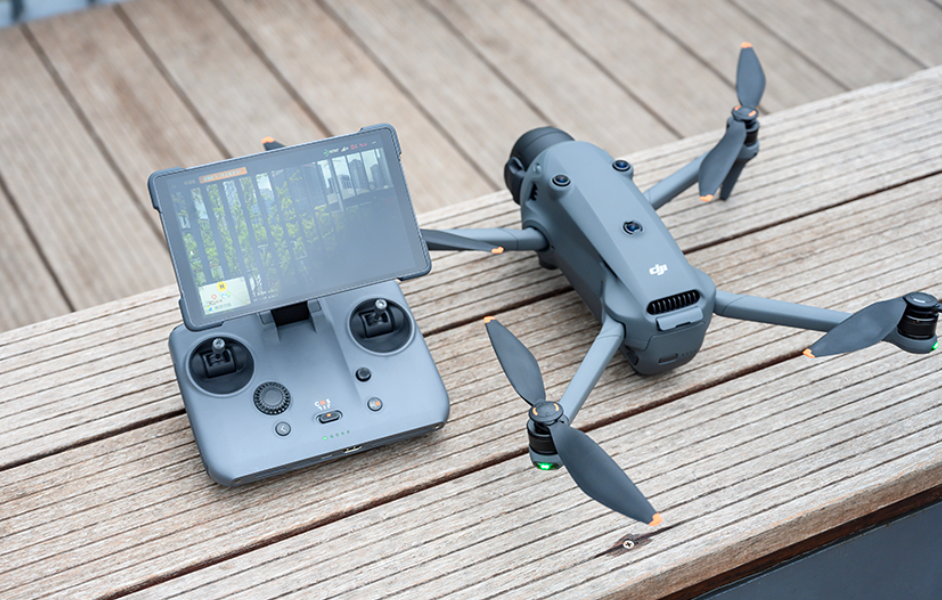
The DJI Mavic 4 Pro is clearly designed as a professional-grade tool for content creators, justifying its higher price point compared to lighter series like Air or Mini. Its combination of improved flight performance, enhanced safety features including LiDAR, a versatile and powerful three-camera system, the innovative 360° rotating gimbal, and workflow enhancements represent a significant evolution. For creators who demand the best image quality, reliable performance, and advanced capabilities to push creative boundaries, the Mavic 4 Pro, despite its curious market entry, appears to be a compelling, albeit premium, choice.
(Writer:Frid)
